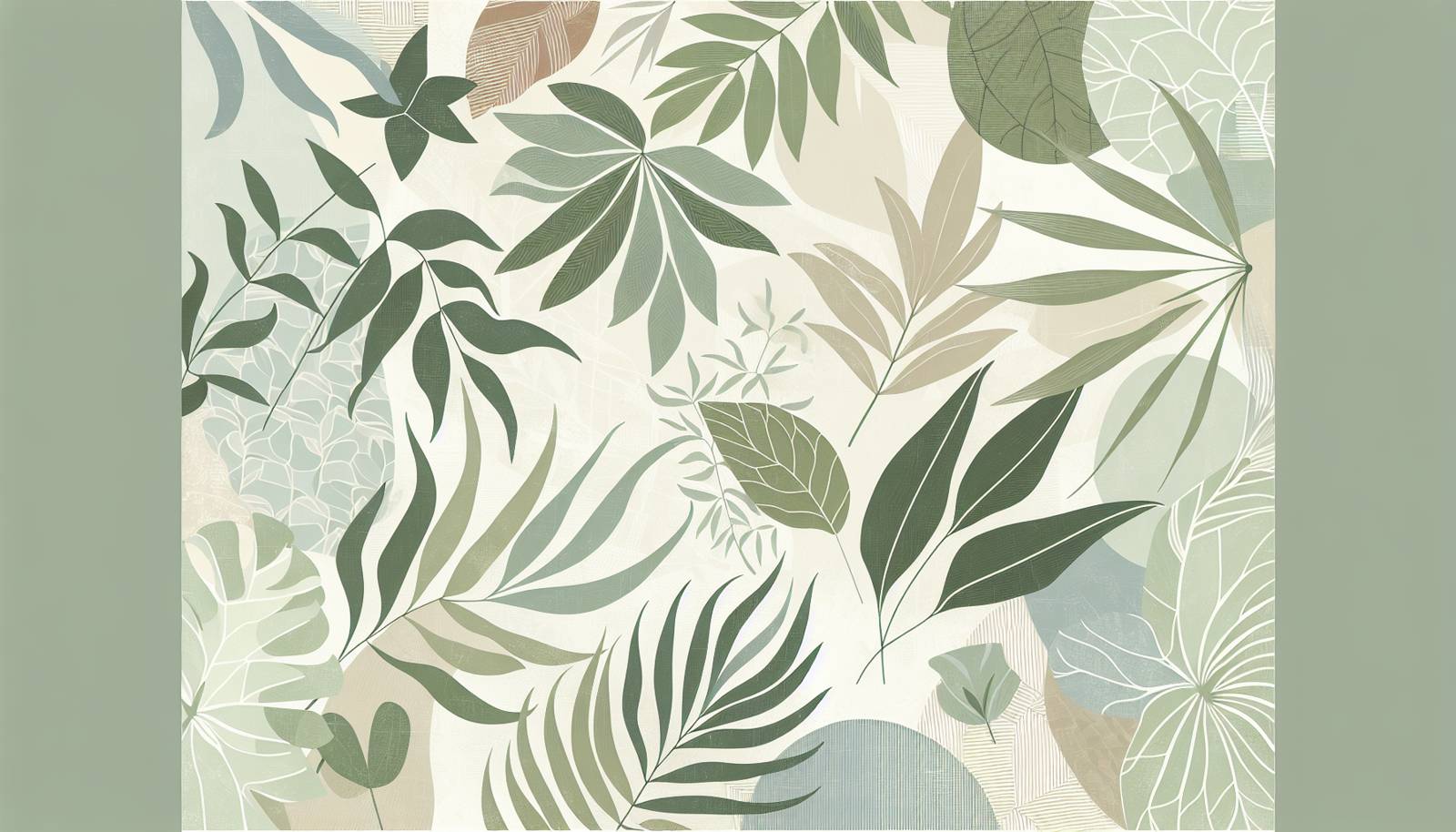
FAQ About Indoor Plant Color Dynamics

What role do colors play in the atmosphere of a room with indoor plants?
Colors can greatly influence the atmosphere of a room. Incorporating indoor plants with various colors can introduce different moods and feelings. For example, green, the predominant color in plants, is known for its calming and relaxing effects. Flowers with bright hues like red and orange can energize a room, while blue and purple can add a sense of tranquility and calm.

How do green indoor plants affect individuals psychologically?
Green is commonly associated with nature and tranquility. The color green in indoor plants is believed to reduce stress, promote relaxation, and create a calming effect. This psychological impact is why green plants are often used in spaces designed for relaxation and wellness.

What are some common indoor plants known for their unique colors?
Several indoor plants are celebrated for their unique colors. The Purple Heart plant boasts striking purple leaves, while the Red Aglaonema has vibrant red leaves that stand out. The Calathea family features intricate patterns in various colors, including dark green and purple. Each of these plants can add a distinct visual appeal to a room.

Can the color of indoor plants affect productivity?
Yes, the color of indoor plants can influence productivity. According to color psychology, green can boost concentration and enhance focus, making it an excellent choice for productivity. Warm colors like red and orange might energize and stimulate the environment, but should be used sparingly in workspaces to avoid overstimulation.

Are there any misconceptions about plant colors and their effects on mood?
A common misconception is that only vivid, colorful plants impact mood. While bright colors can certainly influence how we feel, green plants play a critical role in mood regulation through their calming effect. Additionally, not everyone responds to colors in the same way, as individual reactions can vary based on personal experiences and cultural backgrounds.

How can I choose the right color plants for my living room?
When selecting color plants for your living room, consider the mood you wish to create. Opt for green plants to evoke calmness and relaxation or choose plants with warm tones like red or orange for a lively and vibrant ambiance. Additionally, assess your room's lighting conditions, as some colored plants might require certain light levels to thrive.

Do indoor plants with variegated leaves have any special effects on a room's ambiance?
Yes, indoor plants with variegated leaves can add visual interest and sophistication to a room. The contrasting colors or patterns on variegated leaves can create a dynamic and engaging atmosphere. These plants often become focal points and can complement diverse interior styles.

What scientific explanations exist for the psychological impacts of plant colors?
The psychological effects of plant colors partly stem from color psychology, which studies how colors influence human behavior and mood. For instance, green is associated with nature and growth, which is why it's perceived as calming. These effects are also appreciated in biophilic design, which integrates natural elements into modern environments to improve wellbeing.

How do the colors of flowering indoor plants contribute to room dynamics?
Flowering indoor plants contribute a pop of color and can significantly alter the dynamics of a room. Brightly colored flowers can serve as eye-catching focal points and bring a sense of cheerfulness and energy. Meanwhile, pastel-toned flowers can add softness and elegance to the space.

Can changing a plant's pot color influence the room's atmosphere?
Yes, the color of a plant's pot can complement or contrast with the plant's natural colors, thereby influencing the room's atmosphere. Brightly colored pots can add vibrancy and focus, while neutral or earth-toned pots can ground the space and highlight the plant itself.

What impact do indoor plants with dark-colored leaves have on a room's mood?
Indoor plants with dark-colored leaves, such as deep burgundy or near-black, can add a touch of drama and sophistication. These plants often contrast sharply against lighter-colored walls and can create a calming, contemplative mood or make the room feel cozier.

How can plant color dynamics be used in office spaces?
In office spaces, plant color dynamics can be strategically used to enhance productivity and employee wellbeing. Green plants are often used to reduce stress and improve concentration, while touches of warm colors, when controlled, can increase creativity and energy levels.

Are there any indoor plants that change color seasonally?
Certain indoor plants display seasonal color changes, often reflecting changes in light and temperature. For example, some varieties of Caladium bear leaves that transition in color from summer to fall, providing a dynamic visual element throughout the year.

How can I use indoor plant colors to create a balanced home environment?
To create a balanced home environment using indoor plant colors, consider using a mix of different plant colors and textures. Balance bright colors with lush greens, and use plants with various leaf shapes to add diversity. This approach can create a harmonious blend that enhances the room's overall aesthetic.

Do artificial lights affect the color dynamics of indoor plants?
Artificial lights can influence the color dynamics of indoor plants by affecting their growth and color saturation. For example, warm-white LED lights can intensify the warmth in red and orange plants, whereas cool-white lights can enhance the lush appearance of green foliage.

What are the best indoor plant colors for a minimalist style decor?
For a minimalist decor style, choose indoor plants with subtle, understated colors. Lush, green plants or those with white variegation can match seamlessly with neutral tones typical of minimalist designs, adding life without overwhelming the simplicity of the decor.

How do indoor plants with bright colors influence children's rooms?
Indoor plants with bright colors can make children's rooms feel lively and stimulating, fostering creativity and playfulness. However, it's crucial to choose non-toxic varieties and ensure safe placement, considering children's safety and health needs.

Can the color of indoor plants influence temperature perception in a room?
Yes, the color of indoor plants can subtly influence the temperature perception of a room. For instance, green and blue plants are often associated with cooling effects, creating a refreshing atmosphere. Conversely, warm-colored plants like reds and yellows may make a space feel warmer and more inviting.

How do plant color dynamics relate to feng shui principles?
In feng shui, colors are used to attract positive energy and balance elements within a space. Green plants are considered to bring growth and harmony, while plants with red flowers are thought to introduce energy and passion, aligning with the principles of feng shui to create a harmonious environment.
